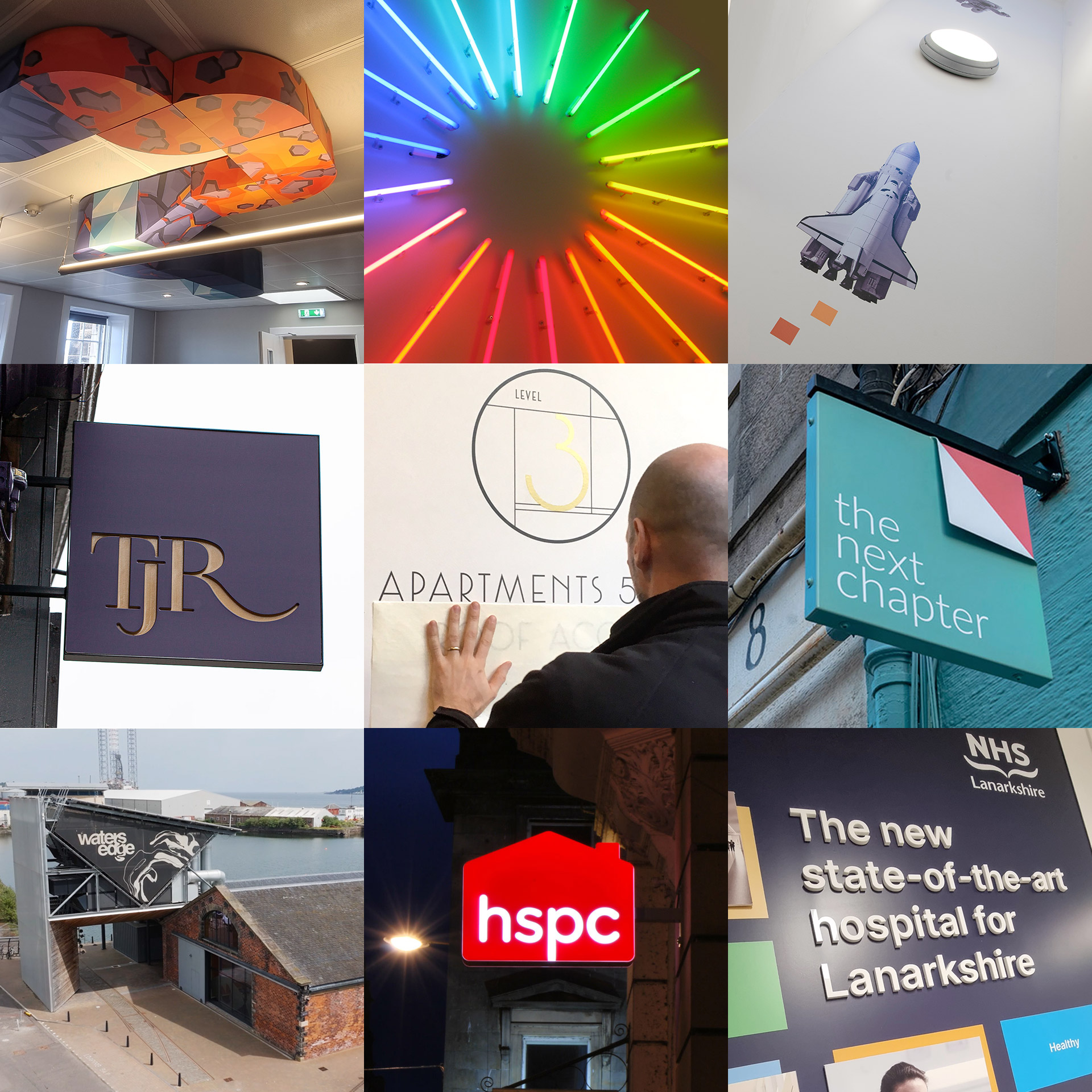It’s a fact, people buy products or services because they believe and trust that it’s what they need. They buy into the story behind a business. Corporate branding is the foundation for how a company is seen, felt, and remembered.
A logo may be the face. But the true brand is the soul.
1. Branding as Culture
A strong corporate brand starts within the walls of the business. Stakeholders and employees are the first audience. If they don’t believe in what the company stands for, external communications will feel hollow.
This means corporate branding is about values, behaviours, and culture. It ensures that the story told internally aligns with what’s being broadcast externally.
2. Trust: The Core Currency
Large corporations carry influence and with influence comes scrutiny.
The first thing any customer, investor, or employee will subconsciously ask is: ‘Can I trust this company?’
Every brand touch point is important – from how a website looks, to what it says online in social media platforms, to a report or employee handbook – it all counts. When branding communicates integrity, trust grows. Without it, credibility erodes quickly.
3. Consistency Builds Recognition
Recognition is the bridge to reputation. Brands that remain consistent across every touchpoint create an identity that feels dependable. A set of brand guidelines can help manage this. It’s important to retain visual consistency with colour, logo, typography and imagery. It’s making sure to use the same tone of voice, messaging and mission statement. And it’s the way your brand advocates behave – from internal leadership and team communications, right through to external customer interactions. Each touchpoint reinforces the others, until recognition becomes second nature.
4. Heritage vs Modernity
Many corporations face the challenge of modernisation. The question: how do you evolve without erasing your legacy?
The answer lies in balance. Heritage communicates stability, while fresh branding signals relevance. Successful rebrands treat heritage as an asset, not a burden, keeping the story intact while updating the expression to align modernisation and business objectives.
5. Branding as a Strategic Asset
Corporate branding isn’t a “nice to have.” It’s a critical tool for strategic growth. Strong brands attract talent, reassure investors, and make companies more competitive in their industries. Without a clear brand, a corporation risks being overlooked or misunderstood.
6. The Role of Agencies
Corporate branding projects often involve multiple stakeholders. An external branding agency provides the objectivity, creativity, and structured process to align those voices. From discovery workshops to rollout strategies, agencies ensure branding evolves strategically, not reactively. They also are able to formulate and facilitate the coming together of key decision makers and provide a focused platform that gives the project focus and momentum.
The Takeaway
Corporate branding is more than a logo. It’s the architecture of trust, the alignment of culture, and the story that carries a company forward. When taken seriously, it doesn’t just change how a business looks. It changes how it is understood, remembered and most importantly, how it thrives.




